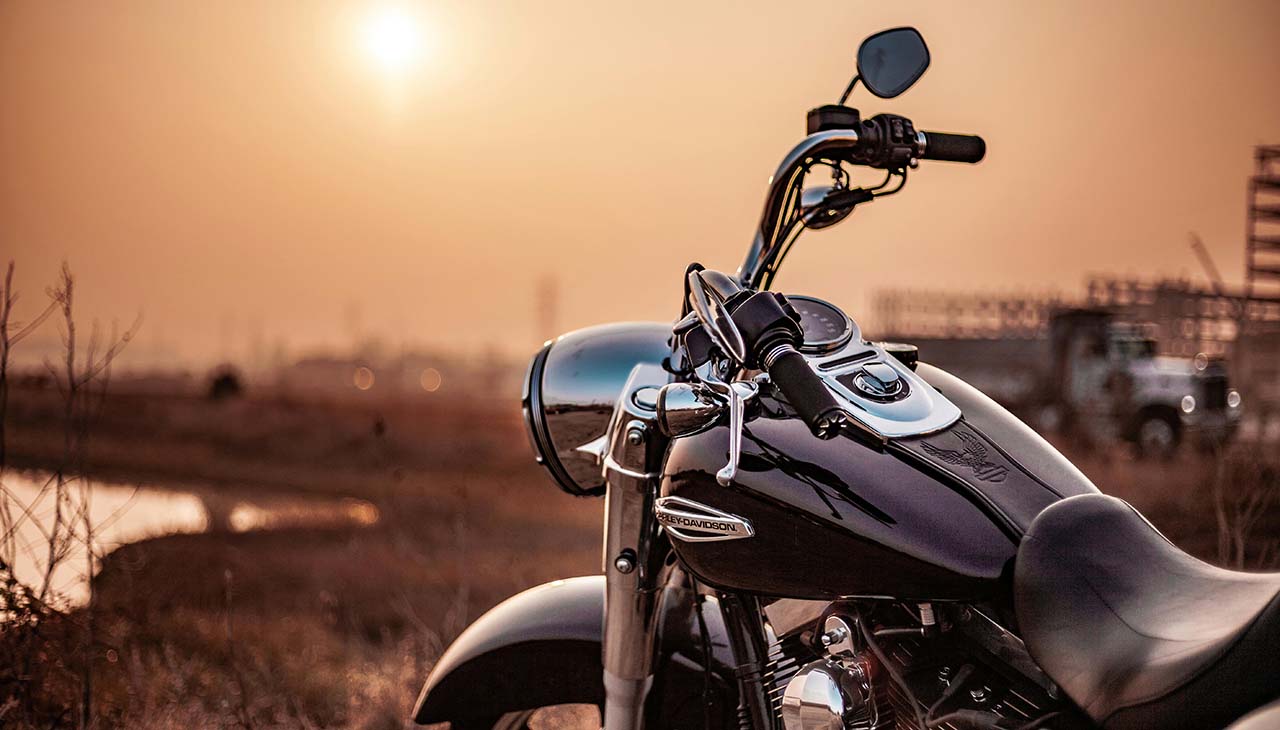
Motorcycles, synonymous with freedom and thrill, are more than just a mode of transport; they are a passion for many. However, to ensure your two-wheeled adventures continue unabated, routine motorcycle maintenance is essential. This guide will provide you with top tips to keep your motorcycle in prime condition, ensuring you can enjoy the open road with minimal interruptions. From regular servicing to the importance of high-quality accessories, we’ve got you covered. Let’s dive in.
Pre-Ride Inspection
Tires and Wheels
Before setting off on your journey, ensure your motorcycle tires are correctly inflated. Look for any signs of wear and tear, such as cuts or foreign objects. The wheels should spin freely, with the rims showing no dents or cracks.
Brakes and Brake Fluid
It is vital to check the brake fluid levels and refill if necessary. The brake pads should not be worn out beyond their wear limit, and the brakes should smoothly and effectively bring your motorcycle to a halt.
Lights and Signals
All lights and signals should be functioning properly. Check your headlight, tail light, brake light, and turn signals. Remember, your visibility to other motorists is as crucial as your ability to see.
Fluid Levels
Keep a regular check on all fluid levels, including engine oil, coolant, and brake fluid. Regularly changing engine oil can dramatically extend the life of your motorcycle.
Chain and Sprockets
Inspect the chain for correct tension and lubrication. Ensure the sprockets are not worn out. A well-maintained chain and sprocket setup contribute significantly to your motorcycle’s performance.
Regular Maintenance Schedule
Oil and Filter Changes
Regular oil changes are crucial for the smooth functioning of your motorcycle. It’s recommended to change the oil every 3,000-5,000 miles, but this may vary based on the type of oil used and your riding style. Along with the oil change, it’s also essential to replace the oil filter to remove any particles or debris that may have accumulated.
Air Filter Cleaning or Replacement
The air filter protects your engine by preventing dust and debris from entering. A clogged air filter can restrict airflow, reducing engine efficiency. Regularly inspect the air filter, clean it if it’s reusable, or replace it if it’s disposable.
Spark Plug Inspection and Replacement
Spark plugs play a critical role in starting your motorcycle and maintaining its performance. A worn-out spark plug can lead to starting issues or a decrease in fuel efficiency. Inspect your spark plugs at regular intervals and replace them as per the manufacturer’s guidelines.
Battery Maintenance
Ensure the battery terminals are clean and corrosion-free. Regular inspection of the battery fluid level is also necessary. If you notice a drop, refill with distilled water. If your motorcycle is on a break during off-riding seasons, consider using a battery tender to keep it fully charged.
Suspension Check
Check the front and rear suspensions for any signs of leaks or damage. Ensure the suspension responds well to the weight shifts. Keep an eye on the fork seals as well, as a minor leak can lead to major repair work. Regular suspension checks contribute significantly to a comfortable and safe riding experience.
Cleaning and Care
Washing and Drying
A clean motorcycle isn’t just aesthetically pleasing, it also aids in the longevity of your machine. Use a mild detergent mixed with water to gently clean the bike’s surface. Avoid using harsh chemicals that might damage the paint. Rinse thoroughly with low-pressure water, and dry using a microfiber cloth to prevent water spots from forming.
Waxing and Polishing
Regularly waxing your motorcycle not only keeps it looking shiny and new, but it also provides a barrier against rust and corrosion. Apply a high-quality motorcycle wax, following the manufacturer’s instructions. Use a polishing cloth to bring out the shine, moving in small circular motions. Don’t forget to polish the metal parts too, using an appropriate metal polish.
Protecting the Paint and Chrome
To protect your motorcycle’s paint and chrome from damage due to UV rays and harsh weather conditions, consider using a paint or chrome protection spray. These sprays form a protective layer over the paint and chrome, helping to keep them in top-notch condition. Remember, always test any new product on a small, hidden area first to ensure it doesn’t damage the finish.
Cleaning the Chain
Regular chain cleaning is vital for its performance and longevity. Use a dedicated motorcycle chain cleaner to remove grime and dirt. After cleaning, remember to lubricate the chain to ensure smooth operation. Always follow the manufacturer’s guidelines both when cleaning and lubricating the chain.
Storage and Winterization
Preparing for Long-Term Storage
When you know your motorcycle will be dormant for an extended period, it’s essential to adequately prepare it for storage. Thoroughly clean your bike to remove any dirt or grime. Change the oil and filter to ensure no contaminants remain in the engine. Finally, lubricate the chain and other essential components to prevent rusting.
Fuel Stabilization
Fuel can degrade over time, leading to a gum-like substance that can clog the fuel system. To prevent this, fill the tank with fresh gas and add a fuel stabilizer as per the manufacturer’s instructions. Run the engine for a few minutes to allow the stabilized fuel to circulate throughout the system.
Battery Maintenance During Storage
Your motorcycle battery can discharge if not used regularly. To prevent this, disconnect the battery and store it in a cool, dry place. Alternatively, consider using a battery maintainer that charges your battery in controlled cycles, thus ensuring your battery remains fully charged and ready for use when you take your bike out of storage.
Proper Storage Conditions
The ideal storage location for your motorcycle is a dry, temperature-controlled environment away from direct sunlight and drastic temperature fluctuations. If you’re storing your motorcycle in a garage or shed, consider using a motorcycle cover that’s breathable to prevent condensation while protecting your bike from dust and debris. Make sure your bike is stored on a flat and stable surface to prevent any accidental tipping.
Safety Tips
Wear Proper Gear
Wearing the right gear is an integral part of motorcycle safety. Ensure you are always equipped with a helmet that meets safety standards. Additionally, invest in high-quality riding gear like jackets, gloves, and riding boots that offer protection from the elements and injuries. Visibility gear, such as reflective vests, can also contribute to safer rides, especially in low light conditions.
Perform Regular Safety Checks
Before you hit the road, always perform a quick safety check of your motorcycle. Check the tire pressure, brakes, lights, and horn. Ensure the mirrors are adjusted correctly, and the oil and fuel levels are adequate. Routine checks can help identify any potential issues that could compromise your safety on the road.
Practice Defensive Riding Techniques
Defensive riding techniques can significantly increase your safety on the road. Always maintain a safe distance from other vehicles, stay vigilant for potential hazards, and avoid blind spots. Make sure to use your signals promptly and ride at a safe speed. Keep in mind that riding defensively involves anticipating other road users’ actions and adjusting your riding accordingly.
Invest in Motorcycle Training
Regardless of your riding experience, investing in motorcycle training can be beneficial. Such training programs provide lessons on advanced riding techniques, emergency braking, and maneuvers that can enhance your skill set. The knowledge you gain from these courses can make you a more confident and safer rider.





